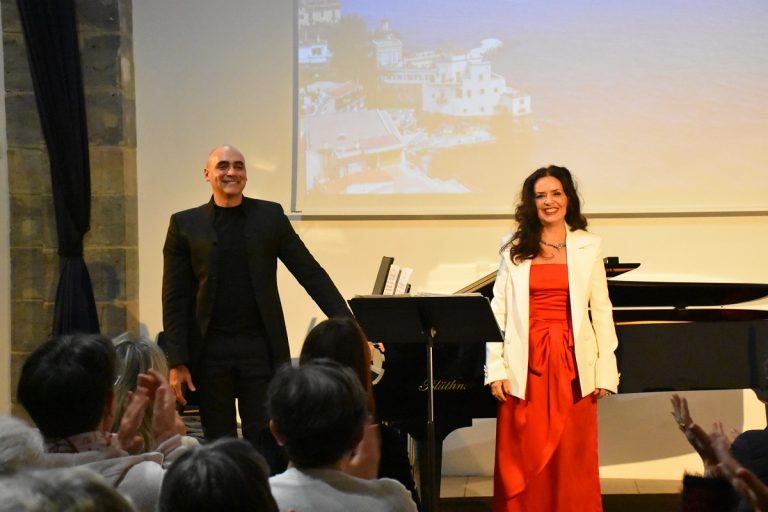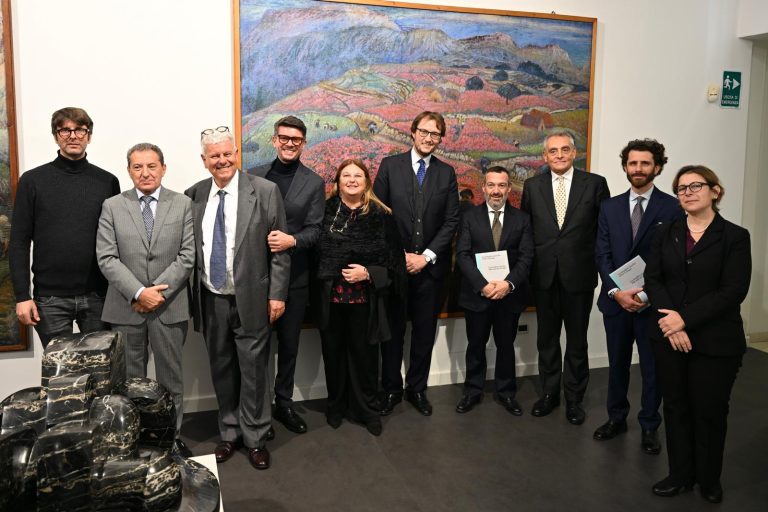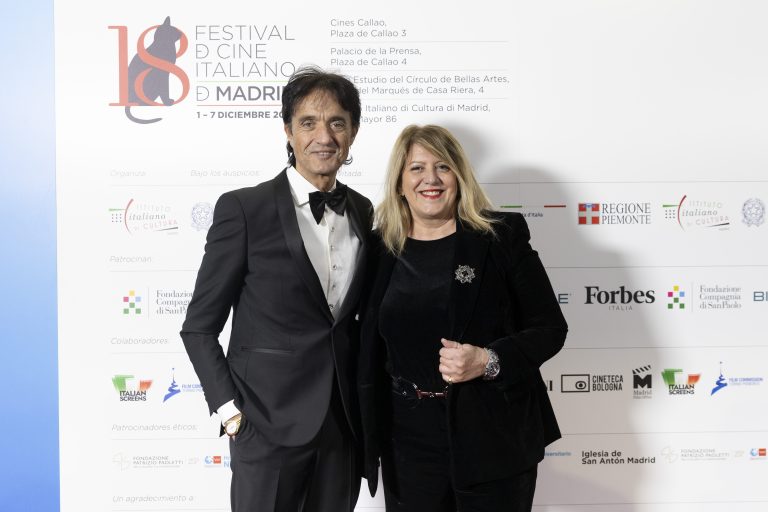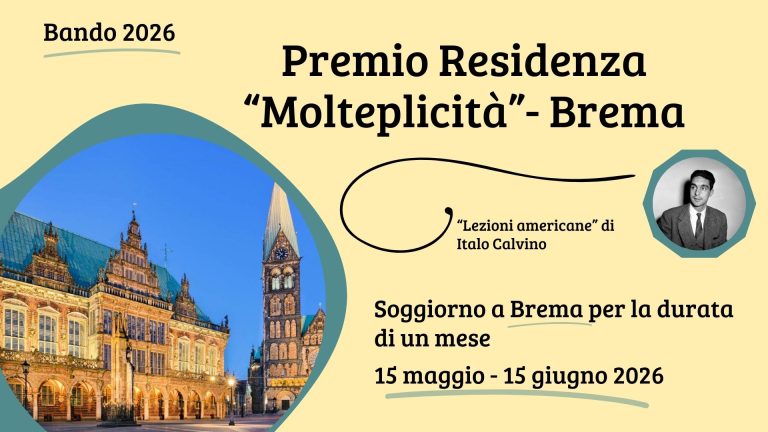“The giraffe has its heart a long way from its thoughts. It fell in love yesterday, and doesn’t know about it yet”: one quotation, among the many possible ones, to illustrate the irony of Stefano Benni, one of Italy’s leading contemporary authors. The Bologna-born writer is attending a series of events in Austria: on 2nd May in Vienna, at the Hartliebs bookshop, on 3rd May, at the Italian Institute of Culture in the Austrian capital, which has organised a meeting with the author at 7p.m., conversation in Italian with Barbara Mica, with the University of Vienna and the Hartliebs bookshop. Benni has tried his hand at various literary genres, which he will review, starting with the novel that launched his career: “Bar Sport” (1976) and touching on other well-known works in the fields of poetry and theatre, including the collection “Cari mostri” (2015), from which he will read a few short stories. Many of his works are translated into Germany by the publisher Wagenbach. On 4th May he will be in Salzburg as a guest of the Dante Alighieri Society.
IIC headquarters in Vienna
The Sternberg Palace, which houses the Italian Institute of Culture in Vienna, was built in 1821-22 by Karl Ehrmann for Philipp von Sternberg, probably working on a previous design by architect Karl von Moreau. The main neoclassical façade, decorated with stuccos by Joseph Kleiber (1822), opens onto a small “courtyard of honour”. The back of the building was restored at the beginning of the 20th century and after World War II. A new wing was added, which houses the classrooms providing language courses, on the ground floor, and a large multipurpose room on the first floor, with seating for around 200 people, in addition to the work needed to repair damage caused by the war. In the oldest part of the building, there are some remarkable architectural features, including the beautiful illusionist staircase, with a wrought iron banister, and a large 19th century mirror, the Dante Room, with its fine stucco decorations, the Blue Room, with its original preserved wooden floor, and the Brown Room, so-called because of the wooden reliefs decorating the ceiling.









